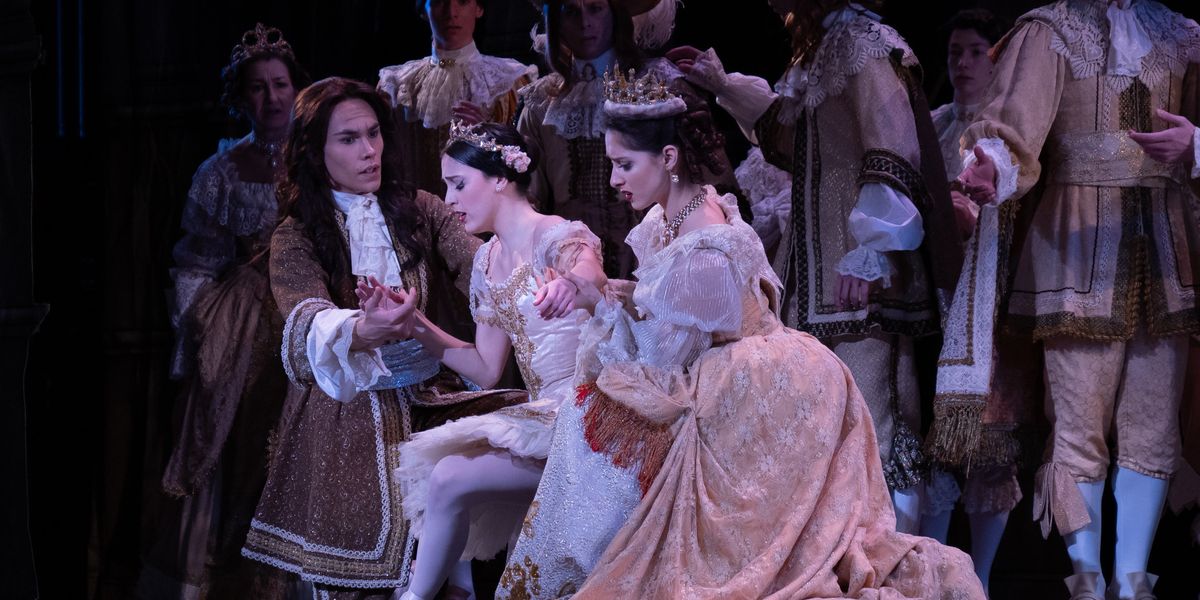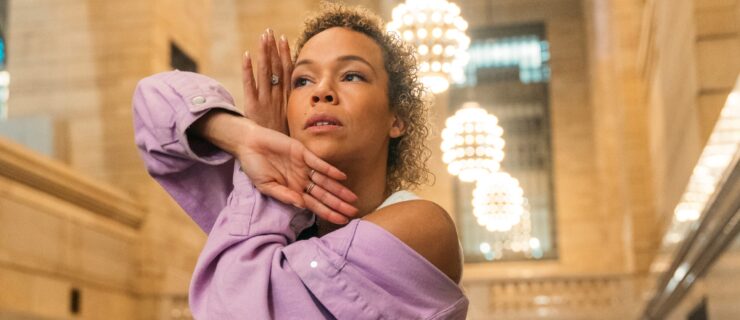So, You Debuted A Role. Your Work Is Only Just Beginning—Here's What You Still Need to Do
Even after weeks of character development in rehearsal and all the build-up to opening night, your work as a performer is not done until the final curtain falls. During the run—once you’ve fully embodied the choreography, experienced real-time onstage interactions and felt the energy of a live audience—is the perfect time to push your performance further.
Know to Grow
Understand that evolution is normal. “Rehearsal gets you there, but once a show opens, that’s the point when dancers get a very clear idea of what they’re dealing with,” says Anthony Randazzo, ballet master at Boston Ballet. “You will sense things from the audience and your colleagues that you didn’t experience in the studio, and you can set really clear goals.” This should build on the objectives you established during the rehearsal process, says Randazzo. You might ask yourself if the character is believable in a key moment, now that you know how fatigued you could be. Or, if a comedic gag continually falls flat, recommit to what the choreographer intended for that scene.
Let It Go
Expect that the first few shows will be adrenaline-fueled, and that you may be in your head about technique. But if you panic about those upcoming fouettés in every performance, it’s going to distract from your ability to convey emotion and carry the story. “This very natural inner monologue that I didn’t have in rehearsal came to me spontaneously during the first performance, but I couldn’t tap into that when one side of my brain was thinking too much about technique,” says Katherine Barkman, who recently performed the role of Aurora in The Washington Ballet’s Sleeping Beauty. “You have to be able to drop thoughts like, ‘Oh, I didn’t do that balance,’ because dwelling on it can take away from your performance.”
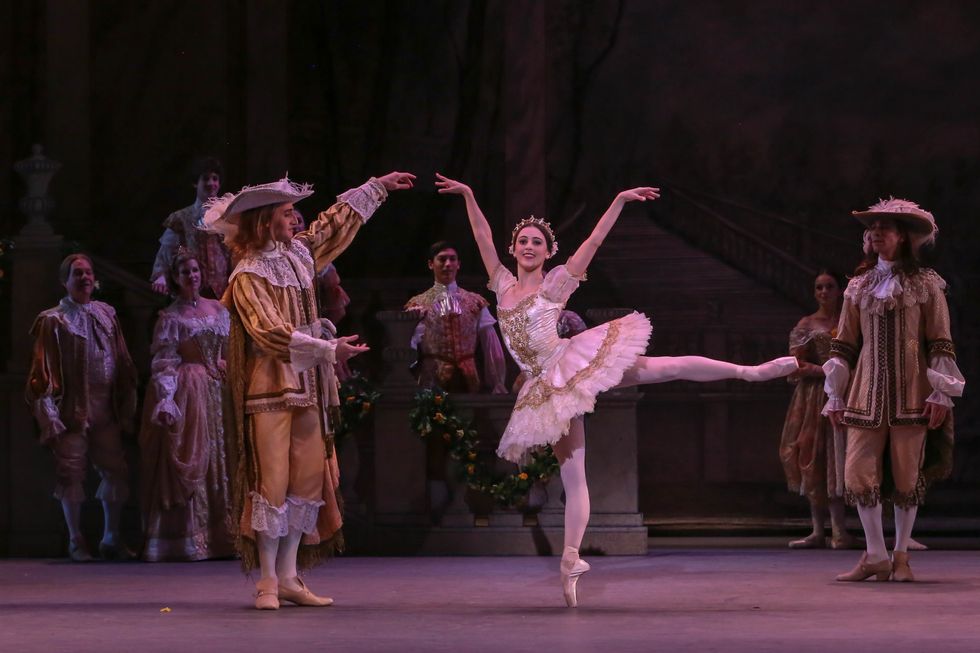
Katherine Barkman in The Sleeping Beauty
xmb Photography, Courtesy The Washington Ballet
Find Contrast
The toughest parts of Caitlin Bond’s first performances as Victoria in the CATS North American tour were the ones between dance sequences. “I really have to tune in to what makes her unique when we’re not dancing, because we’re all cats, but the smallest details define us,” she says. “We were each given three words about our character, and I continue to revisit them and find something new to try every night.” If there’s a scene you’re struggling with, ask yourself what makes your character different from others onstage and allow that to guide your approach.

Bond in CATS
Matthew Murphy, Courtesy Bond
Go Further
Ideally, a dancer would be able to test boundaries in rehearsal and then stick to the script in performance, says Randazzo, but you might find yourself mid-run questioning whether you’re pushing something far enough. “I think it’s important to trust a dancer’s instincts, because the process has prepared you to make good choices,” he says. “Sometimes a dancer might go with an instinct and it doesn’t work, but these things never ruin a ballet. My job is to ask if you are aware you made that decision and perhaps suggest paring back.”
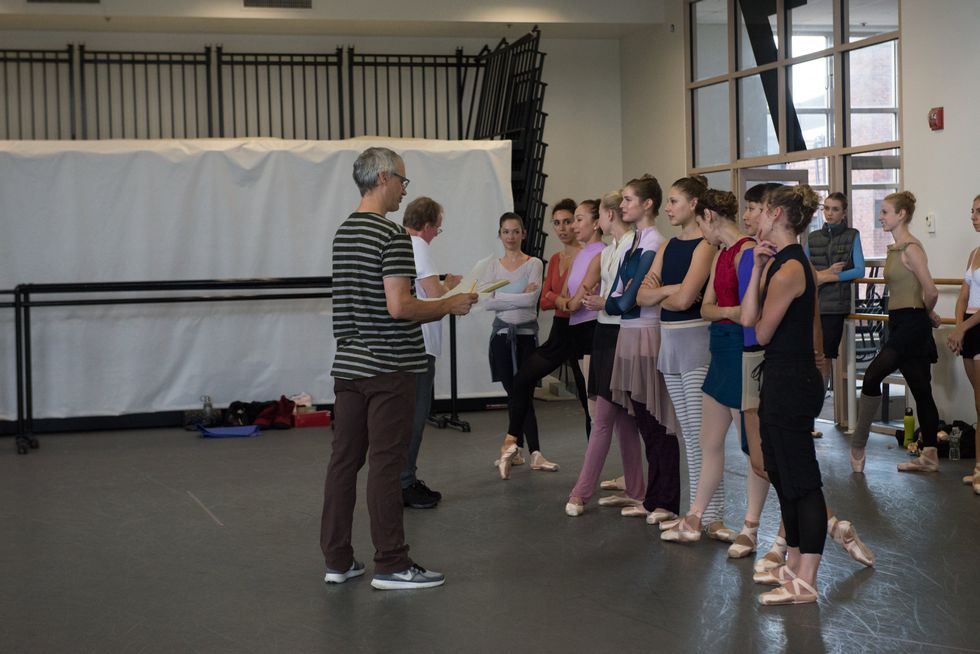
Brooke Trisolini, Courtesy Boston Ballet
Make Cuts
As you gain confidence in the role, you may notice that something you’re doing feels out of character. “There was a moment when I found myself leaning against a set piece and suddenly thought, She would never do that,” says Bond. “Victoria is wide-eyed, attentive and always upright. I even questioned the way I was walking.” These things occurred to her in performance because, understandably, rehearsal was more about learning material and perfecting unison sequences.
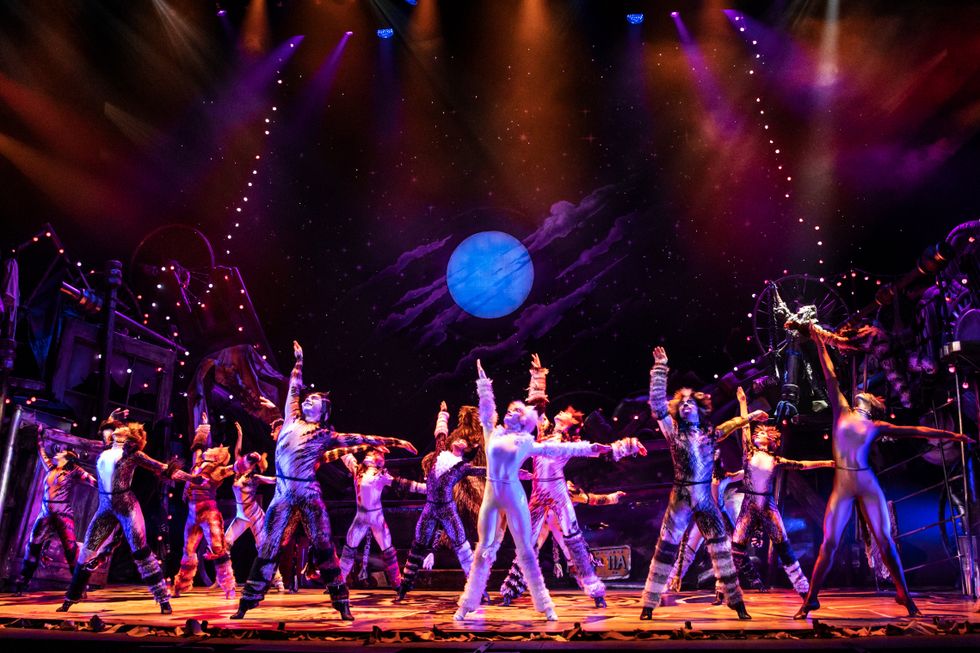
Bond in CATS
Matthew Murphy, Courtesy Bond
Start Fresh
Barkman says a trap she fell into early on was comparing two performances. “If I got a good response from the audience, I wanted to repeat what I did exactly. But every show is different and you have to stay open,” she says. “The fact that the performance only lives right now is a beautiful thing,” says Randazzo. “We celebrate that we’ve done all we can, because that’s all you have when the curtain goes up again.”
